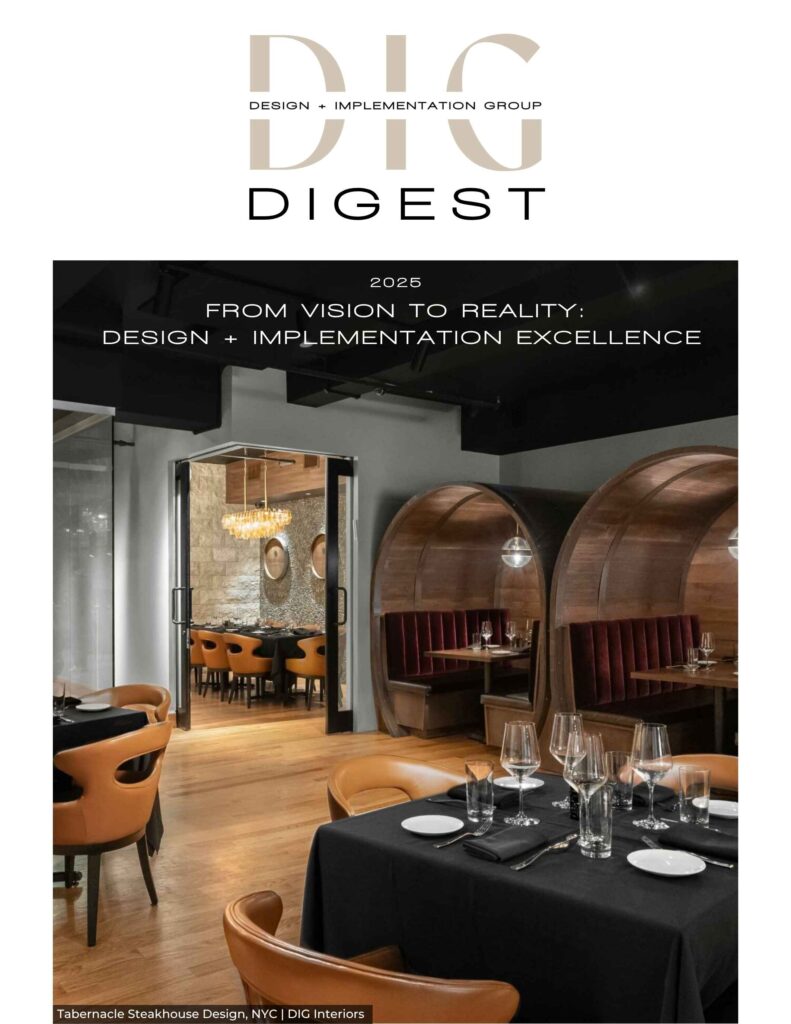Embarking on a kitchen renovation can be an exciting yet daunting task. As one of the most important rooms in your home, the kitchen deserves careful planning and execution. To help you navigate this complex process, we’ve compiled a comprehensive list of common mistakes to avoid, along with expert tips to ensure your kitchen renovation is a resounding success.
1. Neglecting the Workflow Triangle
One of the most crucial aspects of kitchen design is the workflow triangle, which connects the sink, refrigerator, and stove. Many homeowners overlook this essential element, leading to inefficient kitchen layouts.
Tip: Ensure that these three key areas are positioned to form a triangle, with each leg measuring between 4 and 9 feet. This arrangement will optimize your kitchen’s functionality and make cooking and cleaning much more efficient.
2. Underestimating Storage Needs
Storage is often an afterthought in kitchen renovations, but it’s one of the most critical components of a well-designed kitchen. Insufficient storage can lead to cluttered countertops and a disorganized space.
Tip: Incorporate a variety of storage solutions, such as deep drawers, pull-out pantry shelves, and vertical storage for baking sheets and cutting boards. Don’t forget to utilize often-overlooked spaces like the area above the refrigerator or the sides of cabinets for additional storage options.
3. Choosing Form Over Function
While aesthetics are important, prioritizing looks over functionality can lead to a beautiful but impractical kitchen. It’s essential to strike a balance between style and usability.
Tip: Select materials and finishes that are not only visually appealing but also durable and easy to maintain. For example, opt for quartz countertops that mimic the look of marble but offer superior stain and scratch resistance.
4. Inadequate Lighting
Poor lighting can significantly impact the functionality and ambiance of your kitchen. Many renovations focus solely on overhead lighting, neglecting task and accent lighting.
Tip: Implement a layered lighting approach. Combine ambient lighting (such as recessed ceiling lights) with task lighting (under-cabinet lights) and accent lighting (pendant lights over an island) to create a well-lit and inviting space.
5. Ignoring Ventilation
Proper ventilation is often overlooked but is crucial for maintaining air quality and preventing odors, smoke, and grease from permeating your home.
Tip: Invest in a high-quality range hood that’s appropriately sized for your cooktop. Consider a model with at least 350 CFM (cubic feet per minute) of air movement for optimal performance.
6. Skimping on Countertop Space
Insufficient countertop space can hinder your ability to prepare meals efficiently and comfortably. This is especially true if you enjoy cooking or entertaining.
Tip: Maximize countertop space by incorporating an island or peninsula if your kitchen layout allows. Also, consider extending countertops on either side of the cooktop and sink for added workspace.
7. Overlooking the Importance of Quality Cabinetry
Cabinets are a significant investment in any kitchen renovation, and opting for low-quality options to save money can be a costly mistake in the long run.
Tip: Choose high-quality, solid wood cabinets with durable hardware. Look for features like soft-close hinges and full-extension drawers for added functionality and longevity.
8. Poor Space Planning
Failing to consider the overall flow and layout of your kitchen can result in an awkward and inefficient space.
Tip: Before finalizing your design, create a detailed floor plan. Consider traffic patterns, appliance placement, and how the kitchen connects to adjacent rooms. Don’t hesitate to consult with a professional designer for optimal space planning.
9. Neglecting Small Details
It’s easy to focus on the big elements of a kitchen renovation and overlook smaller details that can make a significant impact on the overall functionality and aesthetics.
Tip: Pay attention to details like outlet placement, cabinet hardware, and backsplash design. These elements can greatly enhance the usability and visual appeal of your kitchen.
10. Forgetting About Waste Management
An often-overlooked aspect of kitchen design is waste management. Insufficient or poorly planned waste solutions can lead to cluttered countertops and unpleasant odors.
Tip: Incorporate a dedicated space for trash and recycling bins, preferably in a pull-out cabinet near the sink or food prep area. Consider a compost bin as well if you’re environmentally conscious.
11. Ignoring the Need for Landing Spaces
Landing spaces are essential areas next to major appliances and fixtures where you can set down items or prepare food. Overlooking these can lead to inconvenience and potential safety hazards.
Tip: Ensure you have adequate counter space on both sides of the cooktop, next to the refrigerator, and on at least one side of the sink. This will provide convenient spots for food prep, setting down hot dishes, or unloading groceries.
12. Underestimating the Importance of Flooring
Kitchen flooring needs to withstand heavy foot traffic, spills, and potential impacts from dropped items. Choosing the wrong flooring material can lead to premature wear and tear or difficult maintenance.
Tip: Select durable, water-resistant flooring options such as porcelain tile, luxury vinyl plank, or sealed hardwood. Consider the comfort factor as well, especially if you spend a lot of time cooking.
13. Failing to Plan for Adequate Electrical Outlets
In today’s kitchen, we rely on numerous electrical appliances. Not having enough outlets or placing them inconveniently can lead to frustration and potential safety hazards.
Tip: Install plenty of outlets along the backsplash and in the island if applicable. Consider incorporating USB ports and even wireless charging stations for added convenience.
14. Overlooking the Ceiling
The ceiling is often referred to as the “fifth wall” but is frequently neglected in kitchen design. A well-designed ceiling can add visual interest and tie the entire space together.
Tip: Consider adding architectural elements like coffered ceilings or beams. If your kitchen has high ceilings, think about installing a statement light fixture or even a skylight to bring in natural light.
15. Disregarding the Rest of Your Home’s Style
While it’s tempting to create a showstopping kitchen, it’s important that it doesn’t feel disconnected from the rest of your home’s design aesthetic.
Tip: Ensure your kitchen renovation complements the overall style of your home. This doesn’t mean it has to match exactly, but there should be a cohesive flow between spaces.
Conclusion
A successful kitchen renovation requires careful planning, attention to detail, and a balance between form and function. By avoiding these common mistakes and implementing our expert tips, you’ll be well on your way to creating a kitchen that not only looks stunning but also works efficiently for your lifestyle. Remember, when in doubt, don’t hesitate to consult with professional designers who can provide valuable insights and help you navigate the complexities of kitchen renovation. With the right approach, your new kitchen will become the heart of your home, a space where memories are made and culinary creativity flourishes.





